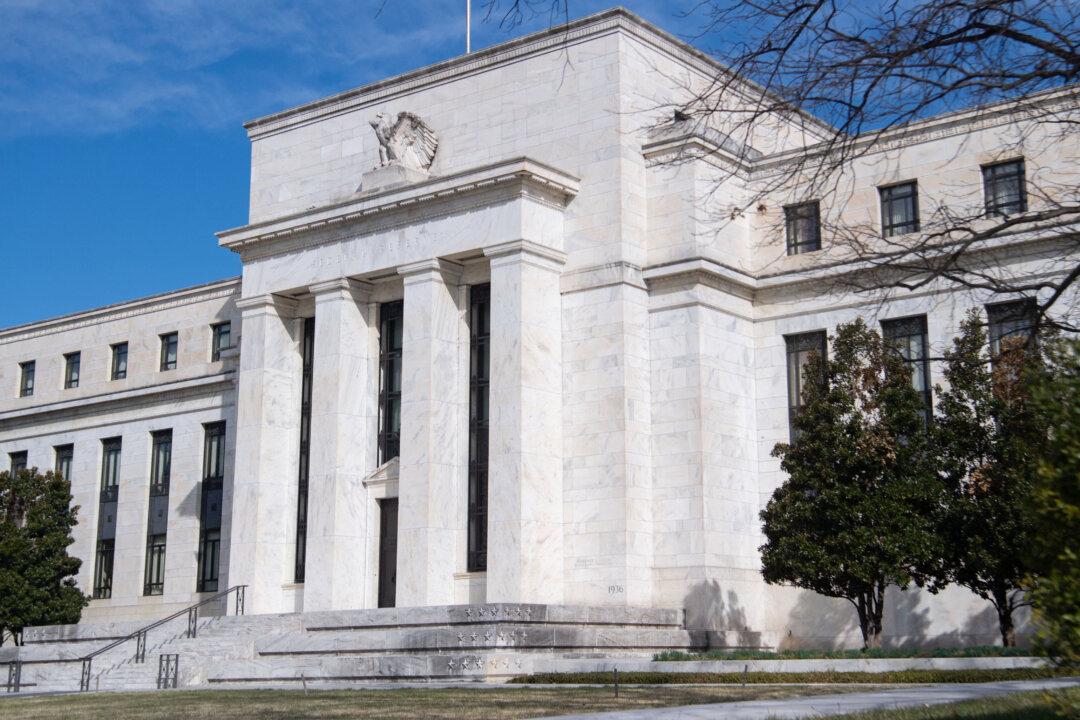Commentary
Financial markets sank when the Federal Reserve added 0.75 percentage point to its benchmark federal funds rate on Sept. 21. Markets, having anticipated that rate increase, responded less to it than to what Fed Chairman Jerome Powell promised for the future.





